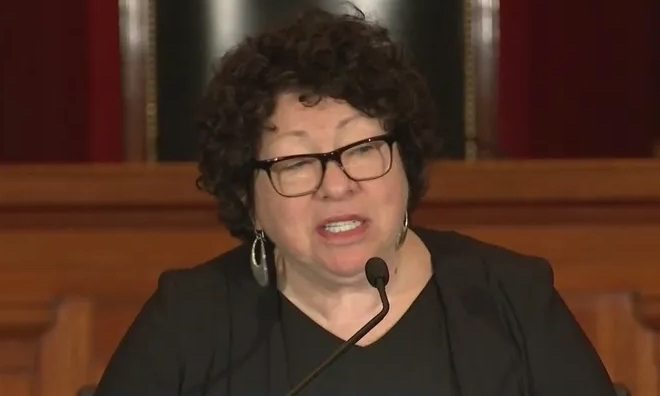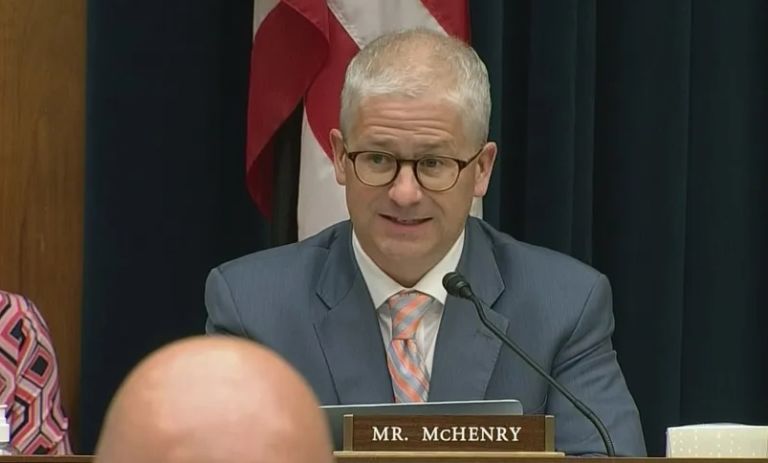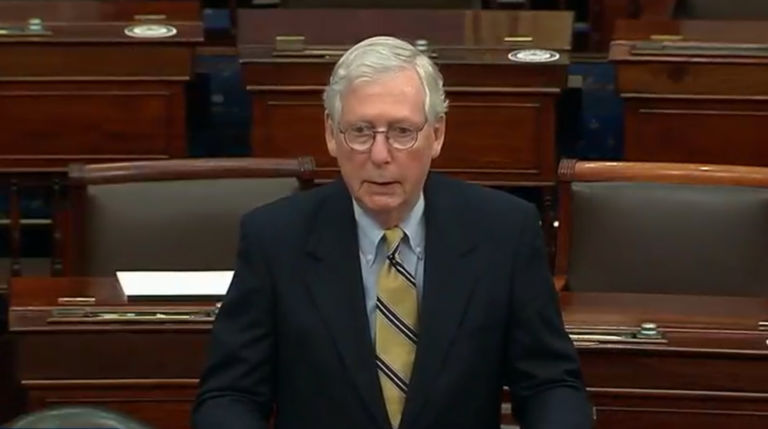North Carolina had the sixth-best funded pension for state employees and teachers in the country in 2017, according to the Pew Charitable Trusts. Past and present state leaders deserve credit for regularly setting aside enough money to meet those pension obligations. The pension system also holds up well in stress tests, though with concerns about how realistic it would be for the state to make its required contributions in event of a significant market downturn.
While the pension plan is reasonably strong, there are two ways in which its condition may seem stronger than other states or than it may actually be:
- No assumption of Cost of Living Adjustments (COLAs) for retirees. There is no statutory requirement to tie pension payments to inflation. This has been a safe assumption since 2008, but if the legislature returned to providing regular increases at or above the rate of inflation, this may understate the long-term liabilities of the system.
- Overly optimistic assumptions of investment returns. In 2007, North Carolina’s assumed 7.25% rate of return on investments was one of the most conservative in the country. By 2017, it’s lower 7.20% had become relative aggressive. It is 0.12 percentage points higher than the national average and 2.5 percentage points higher than Kentucky’s conservative 4.70%. A higher rate of return makes a pension system appear richer, but is as realistic as an economist on a desert island.
State leaders need to continue improving the pension system’s health and take steps to address the even larger hole in the future obligations of the State Health Plan.



